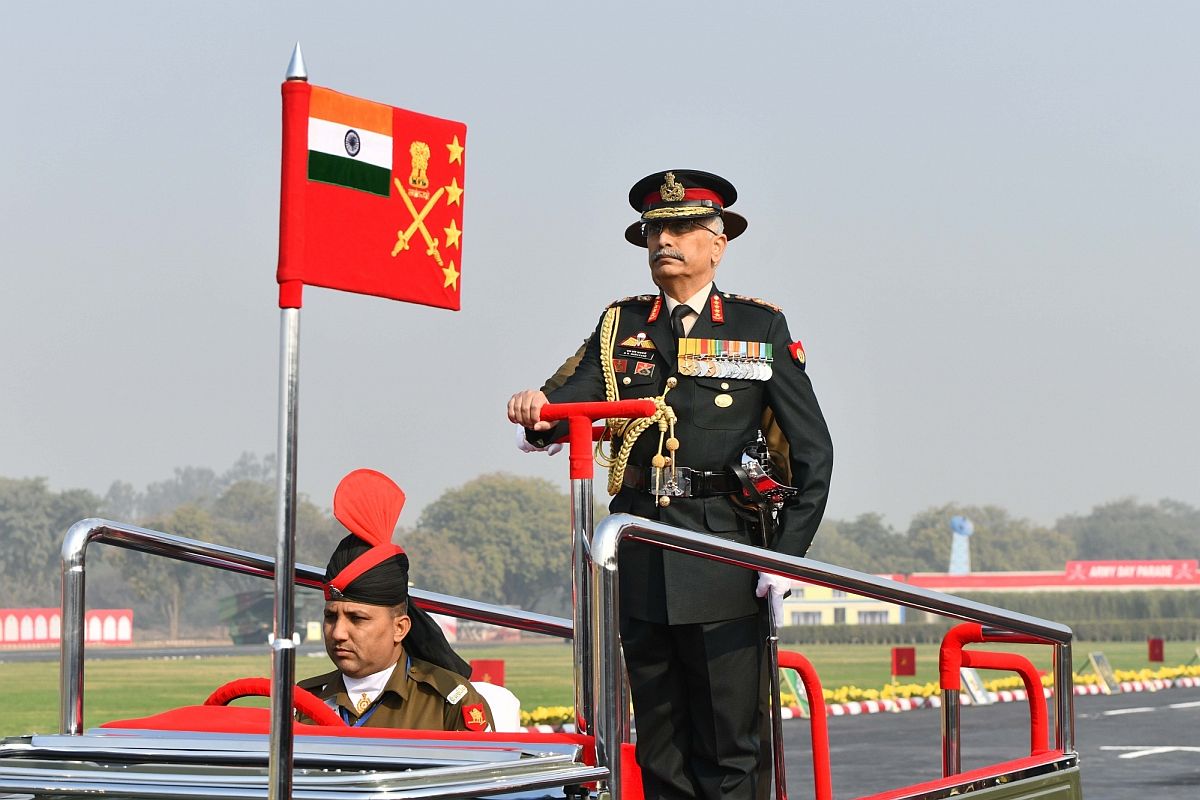Bangladeshi man in BSF net after visa issues
The BSF officials have come to know after they got Malaysian currency Ringgit from the possession of an apprehended Bangladeshi national
Both sides must hope that the visit will help mend fences, after a boundary dispute erupted between the two countries over Lipulekh, Kalapani and Limpiyadhura, and led Nepal to publish a political map including these areas within its borders.

Chief of the Army Staff General Manoj Mukund Naravane. (Photo: IANS)
It is perhaps symptomatic of the levels to which ties between India and Nepal have sunk that the proposed visit of Army Chief, General M M Naravane, to the Himalayan country is receiving importance – on either side of the border ~ that it might not have got last February, when it was initially scheduled to take place. For while the ostensible reason is ceremonial ~ his decoration with the honorary rank of a General in the Nepal Army to signify the fraternal links between the two uniformed services ~ the fact that it is the first high-level visit from the Indian side after ties plunged to an all time low earlier this year invests it with importance.
Both sides must hope that the visit will help mend fences, after a boundary dispute erupted between the two countries over Lipulekh, Kalapani and Limpiyadhura, and led Nepal to publish a political map including these areas within its borders.
Relations were not helped by a string of intemperate statements made by Nepal’s Prime Minister K P Sharma Oli, who sought to blame India for the coronavirus outbreak in the country, going so far as to allege that the “Indian virus” was far more virulent than the one that originated in Wuhan, China.
Advertisement
General Naravane too had been in the eye of the storm when he suggested in May that Nepal’s provocative actions were at the behest of China. He had said, “I don’t know what they are actually agitating about. There is a reason to believe that they might have raised this problem at the behest of someone else and that is very much a possibility.”
The statement ~ although preceded by reports that China’s ambassador in Nepal was interfering in the country’s political process ~ had sparked an immediate uproar in Kathmandu and was followed almost immediately by the release of the contentious map.
The frost in ties was best signified by the four diplomatic notes Nepal sent to New Delhi to suggest talks to resolve the boundary dispute which India spurned, all the while maintaining that the diplomatic engagement could be taken up after the epidemic was contained.
General Naravane’s visit is thus the first indication of a thaw on the Indian side, and the fact that his itinerary is likely to include calls on Nepal’s President, Vice-President and Prime Minister suggests the visit will not be entirely ceremonial.
Simultaneous with the announcement of the visit comes confirmation from Kathmandu that the country plans to join an air bubble with India to facilitate movement of citizens stranded on either side of the border. While the air bubble had been proposed by India in August, and Nepal had resumed international flight operations on 1 September, Kathmandu’s acceptance after several weeks ~ even though it says this is to facilitate movement before Dussehra ~ must be seen as another sign of normality being restored. Those invested in India-Nepal ties must hope for the best.
Advertisement